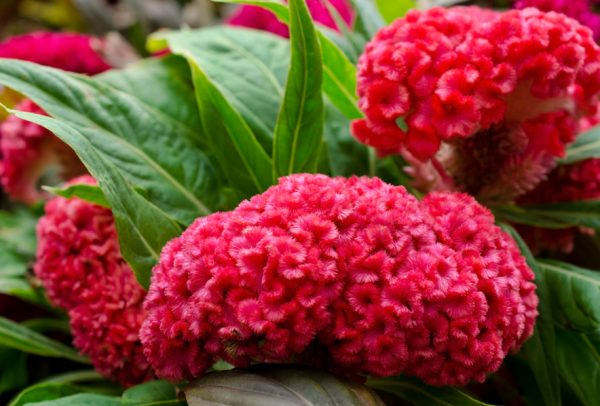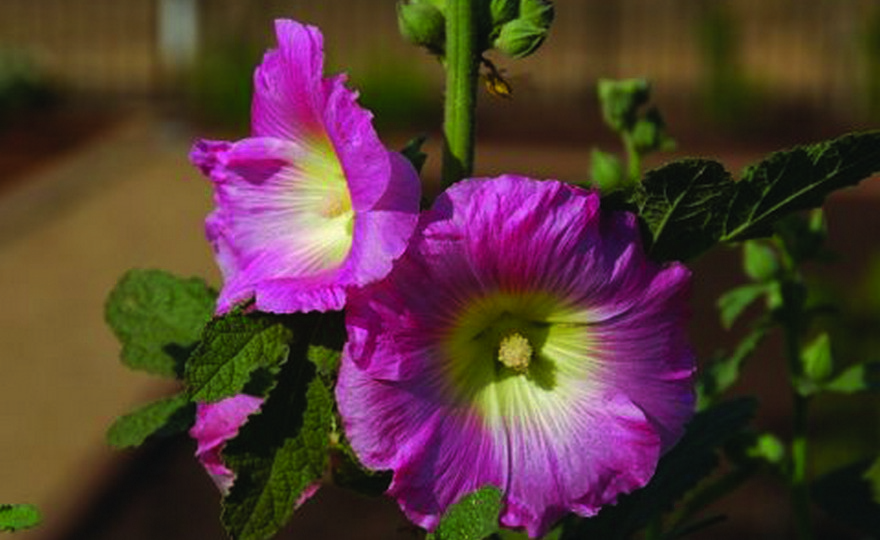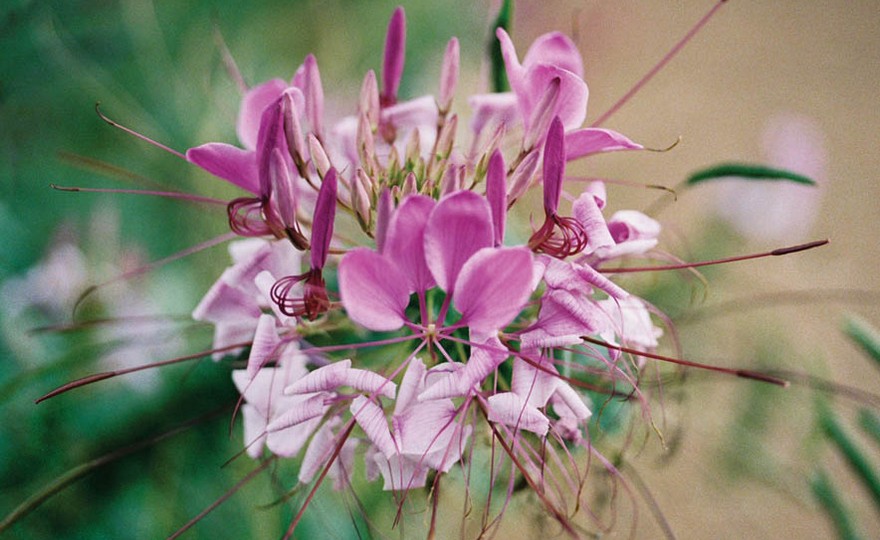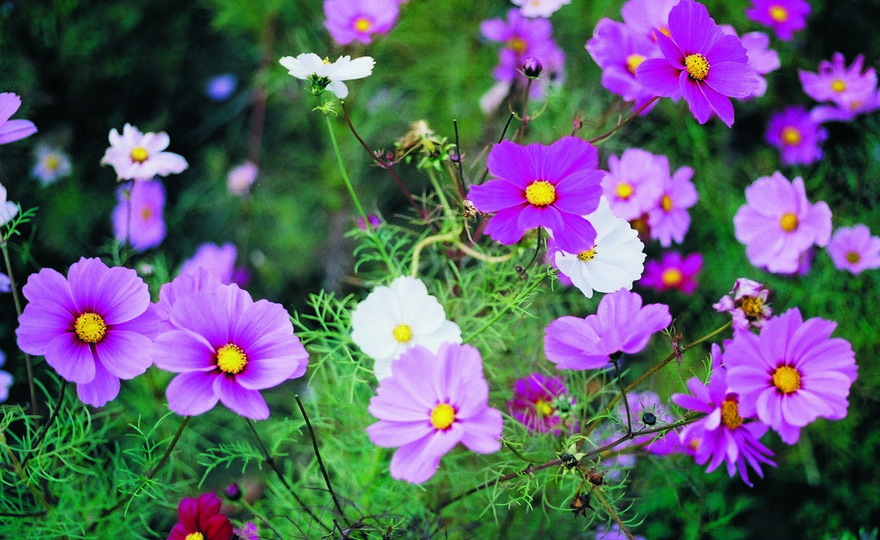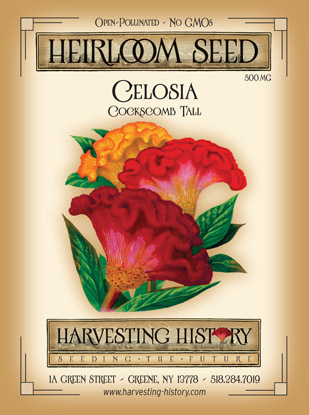
Celosia, Cockscomb Tall
-
- **SOLD OUT** HOLIDAY GIFTS **SOLD OUT**
- **SOLD OUT** Holiday Books **SOLD OUT**
- **SOLD OUT** Holiday Citrus **SOLD OUT**
- **SOLD OUT** Holiday Gift Certificates **SOLD OUT**
- **SOLD OUT** Holiday Paperwhites **SOLD OUT**
- **SOLD OUT** Holiday Praying Mantis Kits **SOLD OUT**
- **SOLD OUT** Holiday Tools **SOLD OUT**
- **SOLD OUT** Holiday Wildflower Mixtures **SOLD OUT**
- Citrus Trees
- **SOLD OUT** - Vegetable and Herb Plants - Mix & Match any 6 Plants for $50 - Only Shipped in Quantities of 6
- Elephant Ear Plants & Roots
- **SOLD OUT** 4-Inch Pot Herb Plants **SOLD OUT**
- Rare Plants
- **SOLD OUT** Vining Plants **SOLD OUT**
- Asian Seeds
- Beneficial Bugs
- Books
- Citrus Fertilizers
- Cold-Treated Bulbs - SEE BULBS FOR FALL PLANTING TO ORDER
- Cold-Treated Allium
- Cold-Treated Chionodoxa
- Cold-Treated Crocus
- Cold-Treated Hyacinthoides
- Cold-Treated Hyacinthus Orientalis
- Cold-Treated Narcissus
- Cold-Treated Cyclamineus Narcissus
- Cold-Treated Double Heirloom Narcissus
- Cold-Treated Jonquilla Narcissus
- Cold-Treated Large Cupped Narcissus
- Cold-Treated Poeticus Narcissus
- Cold-Treated Small Cupped Narcissus
- Cold-Treated Species Miniature Narcissus
- Cold-Treated Split Cupped Narcissus
- Cold-Treated Tazetta Narcissus
- Cold-Treated Triandus Narcissus
- Cold-Treated Trumpet Daffodils
- Cold-Treated Ornithogalum
- Cold-Treated Rock Garden Iris
- Cold-Treated Scilla
- Cold-Treated Tulips
- Cold-Treated Emperor Tulips
- Cold-Treated Fringed Tulips
- Cold-Treated Green or Viridiflora Tulips
- Cold-Treated Lily Flowering Tulips
- Cold-Treated Parrot Tulips
- Cold-Treated Peony Flowering Tulips
- Cold-Treated Single Early Tulips
- Cold-Treated Single Late Tulips
- Cold-Treated Species Tulips
- Cold-Treated Triumph Tulips
- Flower Bulbs, Corms and Tubers
- Bulbs for Spring Planting
- Bulbs for Fall Planting - ALL BULBS AVAILABLE ARE COLD TREATED FOR PLANTING AS SOON AS SOIL CAN BE WORKED
- Fall Blooming Bulbs
- Garden Tools & Equipment
- Gift Certificates
- HHH Exclusive Wildflower Mixtures
- Wildflower Mixtures
- Heirloom Garlic
- Potatoes
- Roots & Sets
- Seeds
- Flowers
- Herbs
- Vegetables
- **SOLD OUT** HOLIDAY GIFTS **SOLD OUT**
-
- No products to compare
-
64 in stock
Quick Overview
Celosia, Cockscomb Tall
Direct seed Celosias in late spring or early summer when the soil temperature has risen above 70 degreesThe plants require full sun and like warmth, but their roots must be kept moist at all times. If the roots are allowed to dry out, the plant and its flower will be permanently damaged. To achieve the largest crests on the Cockscombs, the plants need rich soil and they need to be fed every two weeks with a fertilizer high in nitrogen and phosphorus. Celosias love to be grown in pots. Both the crests and the plumes can be dried.
| Type | Spacing | Planting Depth | Days to Germination | Maturity |
| Annual | 12 in. | 1/2 in. | 14 | 45-60 |

Celosia, Cockscomb Tall
Celosias belong to a family of more than 50 plants that are native to the tropical and subtropical areas of Asia, Africa and the Americas. The cultivars produce flowers that are either plume-like (Celosia Pampas Plume) or crested (the Cockscombs). They are believed to be related to Amaranths. The name Celosia comes from the Greek, kelos, meaning “burned” which probably refers to the color of the flower of the indigenous species – red. A dark red crested version of the plant was introduced into Europe in 1570. During the 18th century, the Cockscombs were considered a potted plant by the British while with the American colonists, they were a popular garden flower. Thomas Jefferson, ever the connoisseur of the strange or unique when it came to gardening included the Cockscombs in his flower garden. Joseph Breck in his 1851 book, The Flower Garden, had this to say, “Celosia cristata (the Cockscombs) is common in most gardens…The color of the scarlet varieties is highly brilliant. None of the other colors are so rich. The yellows are generally rather dull – some of them dirty looking. The scarlets and crimsons are the only colors that look well. There are tall and dwarf varieties…” During the Victorian era, celosias became important parts of many Victorian gardens. In the 1920’s and 1930’s, the plants became popular in exhibit competitions at county/state fairs where the object was to product the plant with the largest crest. One award winning specimen had a 21 inch crest.

